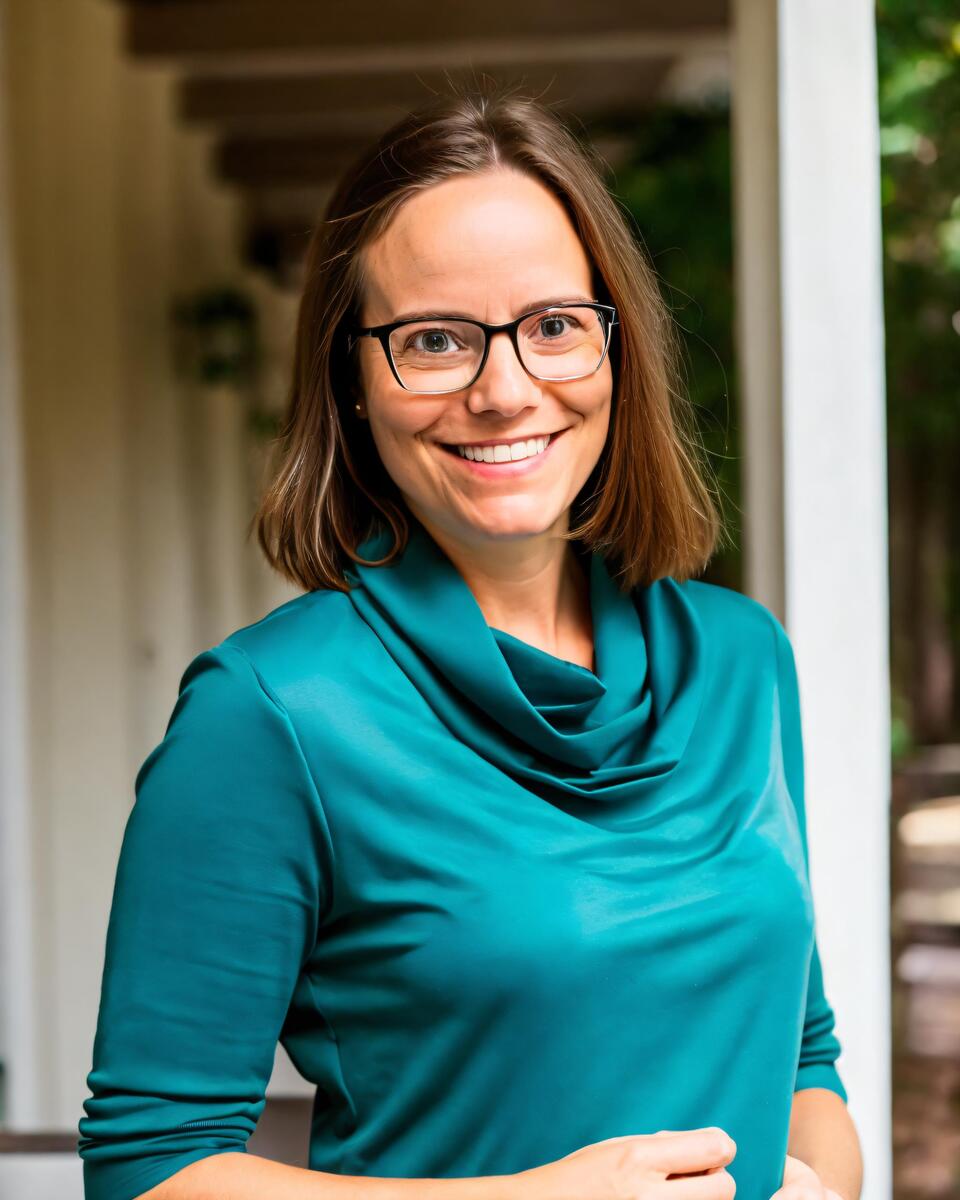
Image Source: ChatGPT-4o
How Cursor is building the future of AI coding with Claude
Cursor, the fast-growing AI coding assistant, is partnering closely with Anthropic’s Claude models to redefine how software is created. In just over a year, the startup has grown to $300 million in revenue and millions of users—driven by a product vision that pairs rapid development with deep model integration.
In a recent discussion hosted by Anthropic’s Claude Relations team, Cursor’s leadership described how Claude powers everything from multi-file edits to background agents—and why they see this collaboration as the future of software development.
Claude’s Role in Cursor’s Growth
Cursor started with features like intelligent tab completion and basic file edits, but real momentum came with Claude 3.5 Sonnet. That model marked a breakthrough in AI’s ability to handle agentic, multi-step coding tasks.
“Sonnet 3.5 was the first clear step-function improvement in programming, especially for agentic coding tasks,” said co-founder Aman. Combined with Cursor’s custom retrieval systems, Sonnet enabled developers to execute multi-file edits and background changes—pushing the platform into mainstream adoption.
Cursor’s engineering team highlighted how they adapt rapidly to each new Claude release, tinkering with model behavior and building features around observed gains.
Building Cursor with Claude
Cursor isn’t just powered by Claude—it’s also built with it. The team uses Cursor’s own tools, backed by Claude, to develop new product features. From launching agents to debugging unfamiliar codebases, engineers rely heavily on AI at every step.
“Since we’re building Cursor using Cursor, we get to be our own best customer,” said Lukas, who works on agentic systems. “That means we can be brutally honest about what’s actually useful and we don’t have to wait for feedback from external users to iterate.”
This feedback loop—using Claude-powered tools to improve Cursor—has shaped features like intelligent search, QA, and command-based editing.
Previewing the Background Agent
Cursor’s latest innovation, the background agent, is designed to offload entire pull request (PR) tasks in parallel with active development. These agents run in lightweight virtual environments outfitted with developer tools and VS Code extensions—allowing them to iterate independently.
“The models aren’t perfect yet, so it’s important to be able to switch between background agents and foreground editing,” Aman explained. "That way, developers can jump in when they need to and let the AI handle the rest." This hybrid workflow lets developers intervene when needed, then let Claude handle the rest.
The team sees background agents as a new building block for development—one that could support asynchronous, large-scale tasks like running tests, writing PRs, or even verifying code across massive enterprise repositories.
Scaling AI Coding to Large Codebases
Despite these advances, Cursor acknowledges that AI tools still face challenges at scale. Large codebases—spanning millions of lines and diverse conventions—introduce hurdles in:
Verification: Ensuring code changes are correct, not just functional.
Contextual understanding: Recognizing how internal patterns and conventions guide coding decisions.
Implicit knowledge: Capturing team norms or informal practices that aren’t documented in code.
One proposed solution: creating alternate representations of the codebase, like pseudocode, that can speed up verification while maintaining fidelity to actual changes.
“There’s a lot of richness in how your teammates edit code, in the recent commits, and in your current working context,” said Jacob, an ML engineer. “But retrieval by itself isn’t enough—we need models that actually understand the structure of the entire codebase.”
Claude 4 and the Evolution of Agentic Coding
The Claude 4 models—Sonnet 4 and Opus—are already integrated into Cursor and represent major improvements in agentic behavior, test accuracy, and reasoning. Cursor engineers noted that Sonnet 4 fixed common issues with overeager edits and test handling seen in earlier versions.
Anthropic’s team emphasized their ongoing work to reduce reward hacking and make models more aligned with developer intent. “We were able to cut down that reward hacking behavior by about 80% in the new models,” said one team member.
These changes enable Cursor to trust Claude with more autonomous coding tasks—and to push the boundaries of what agentic AI can do in real development environments.
The Future of Programming with Claude
Cursor’s team believes AI will be involved in nearly all software development in the future—not just accelerating coding, but changing who gets to write software.
“We’ve already had people on the communications team, who don’t write code as their main job, submit production PRs using Claude in Cursor,” one engineer noted.
As Claude continues to evolve, programming may become less about typing code and more about shaping interactions, design, and behavior—areas where human judgment and taste remain essential.
“Clean code matters just as much for models as it does for people,” said Lukas. “As it gets easier to write code, it becomes even more important to structure it well.”
Startups, Speed, and the Value of Taste
The conversation closed with reflections on talent, speed, and working at the frontier. For engineers considering their next move, the team highlighted the high talent density and fast iteration possible at startups like Cursor and Anthropic.
“You can be one of just a few dozen people shaping how the world writes software,” Aman said. “That’s a pretty special opportunity.”
What This Means
Cursor’s partnership with Claude isn’t just driving new features—it’s offering a glimpse into the future of software development. As AI takes on more of the heavy lifting, the role of developers will shift from writing every line to guiding, verifying, and shaping higher-level decisions.
For startups, businesses, and developers, the message is clear: the tools are getting smarter. And the skills that matter most may soon center on clarity, intent, and the ability to collaborate with AI as a creative partner.
Editor’s Note: This article was created by Alicia Shapiro, CMO of AiNews.com, with writing, image, and idea-generation support from ChatGPT, an AI assistant. However, the final perspective and editorial choices are solely Alicia Shapiro’s. Special thanks to ChatGPT for assistance with research and editorial support in crafting this article.
